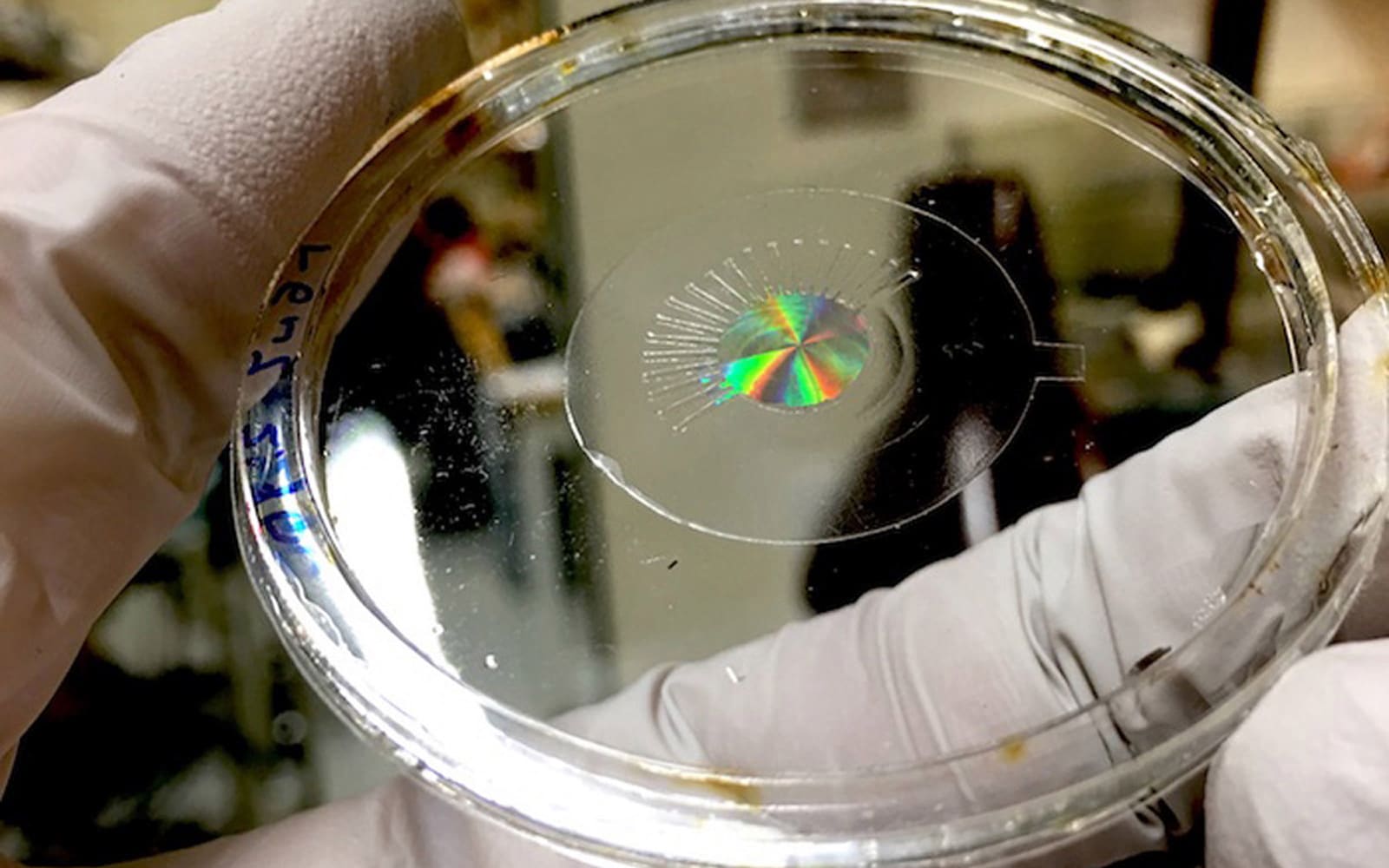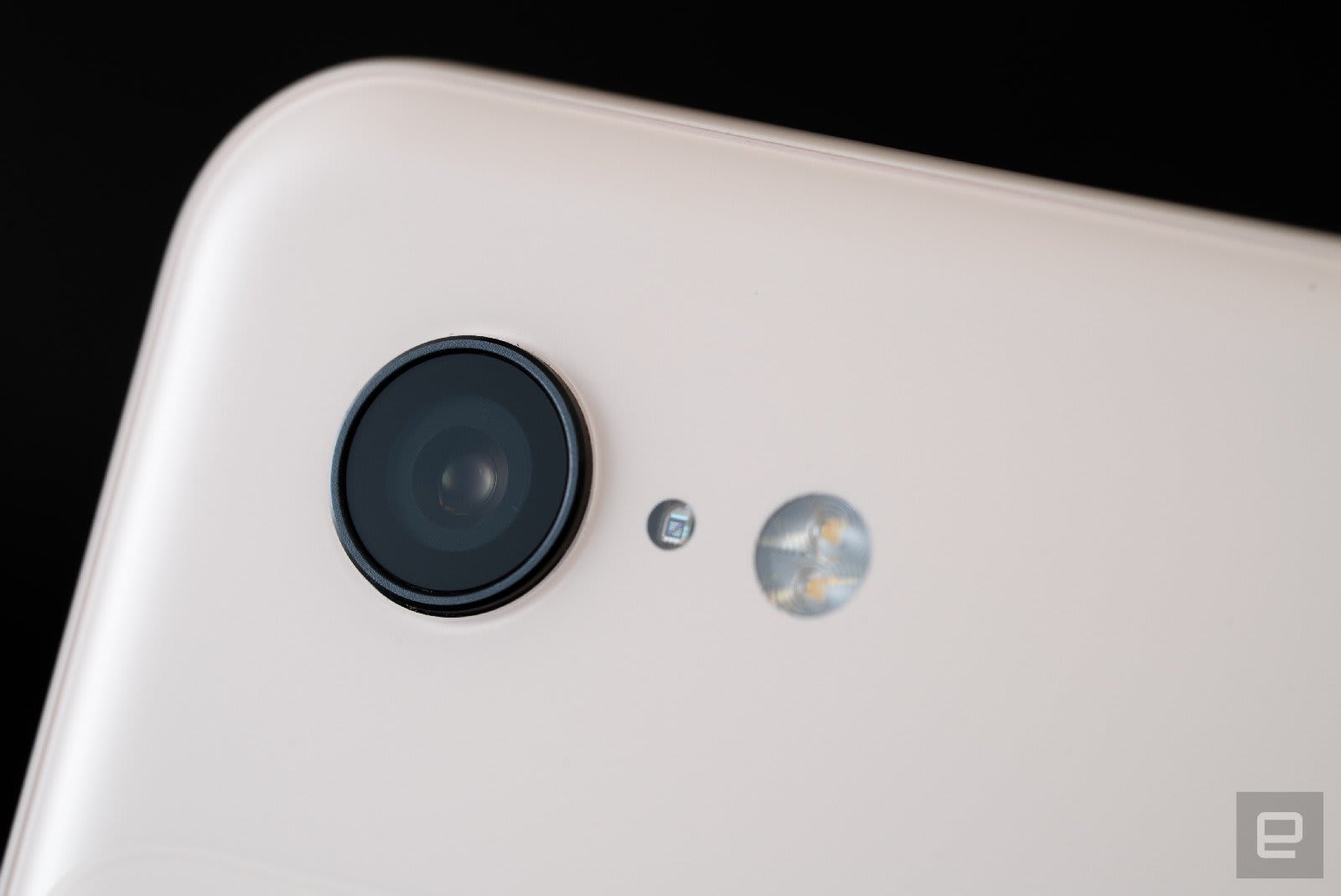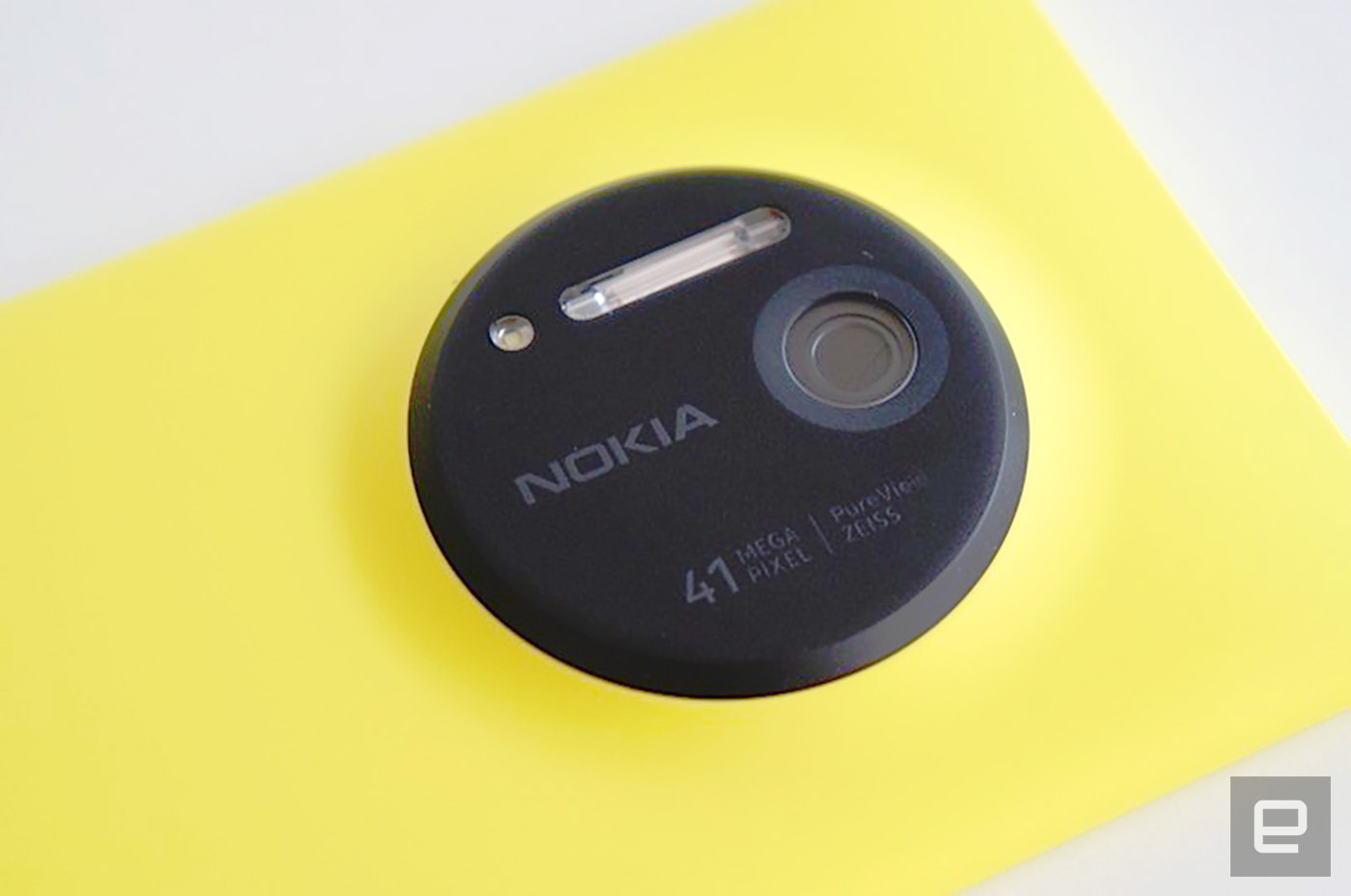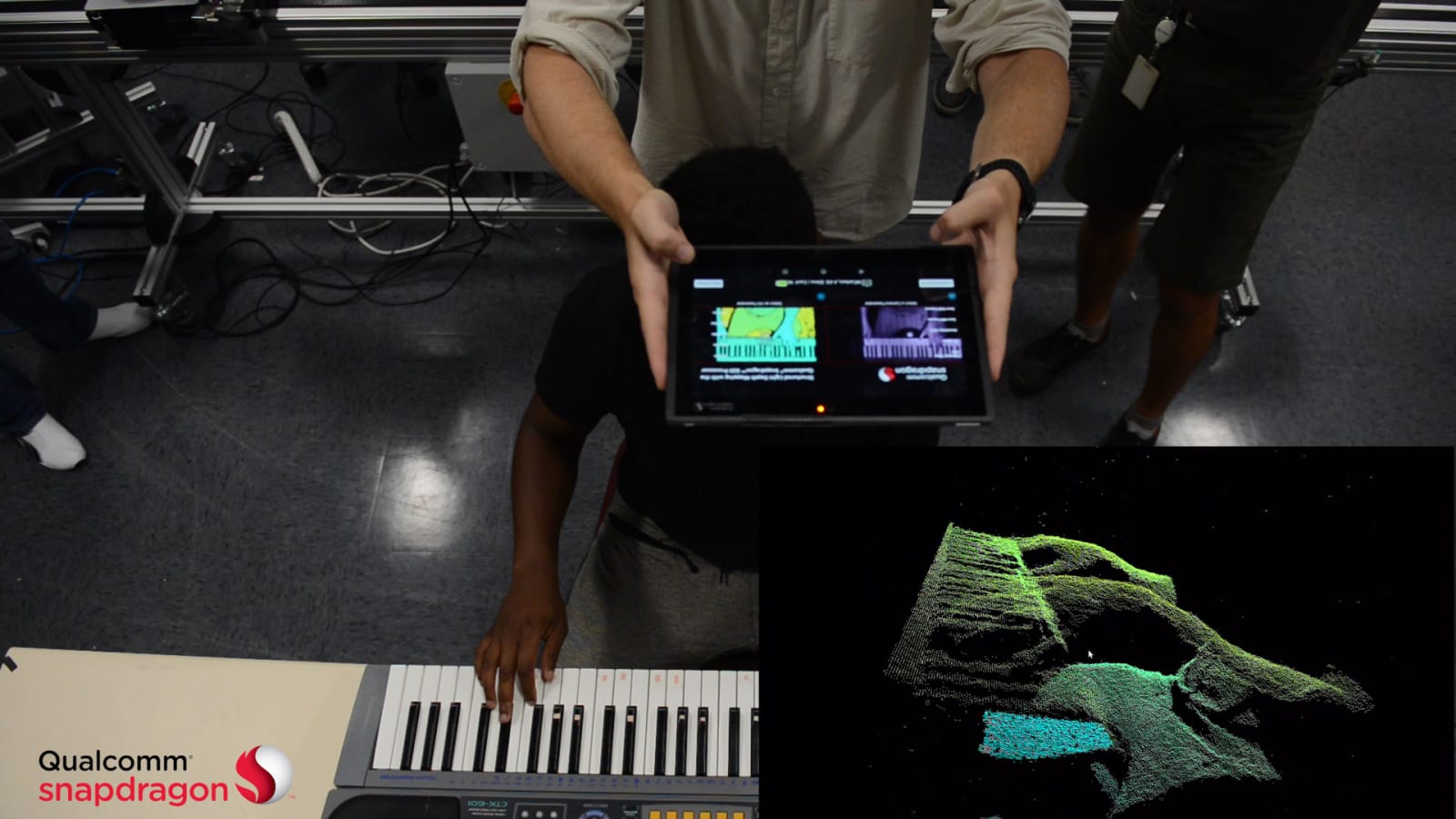
Samsung's offering up spoilers at what we can expect from future Galaxy smartphones -- already. They will likely feature ISOCELL, the company's new CMOS imaging sensor. It adds "advanced pixel technology" that polices the absorption of electrons for improved color fidelity, even when lighting isn't ideal. The new sensor will head to new "premium" smartphones and tablets, with mass production scheduled to start in Q4 2013. Samsung's ISOCELL tech improves on current BSI (back-side illuminated) sensors by adding a "physical barrier between neighboring pixel". The science behind it means that more photons can be collected and that's what will improve image quality. This between-pixel crosstalk is apparently reduced by 30 percent, and increases the dynamic range of photos by up to 30 percent -- as you'll note from the washed-out petal tips in the sample above.
Samsung explains that "market pressure" has meant it had to increase camera resolution and image quality, without increasing the size of the camera unit. This meant that pixels had to shrink, "while improving their performance at the same time". Interestingly, this sensor is specifically for 8-megapixel units, which could mean a drop down from the 13-megapixel camera seen in the Galaxy S 4. A full camera unit housing ISOCELL would also take up less space inside devices compared to previous imaging sensors, with a reduced height that sounds like it could be ideal for the company's future high-powered, even thinner smartphones.
Filed under: Cellphones, Cameras, Mobile, Samsung
Comments
Source: Samsung Tomorrow
 A new breakthrough could soon revolutionize the design of almost every optical instrument in use today, including cameras, eyeglasses and telescopes. Combining recent developments in artificial muscle and flat lens technologies, a team of researchers...
A new breakthrough could soon revolutionize the design of almost every optical instrument in use today, including cameras, eyeglasses and telescopes. Combining recent developments in artificial muscle and flat lens technologies, a team of researchers...
 A new breakthrough could soon revolutionize the design of almost every optical instrument in use today, including cameras, eyeglasses and telescopes. Combining recent developments in artificial muscle and flat lens technologies, a team of researchers...
A new breakthrough could soon revolutionize the design of almost every optical instrument in use today, including cameras, eyeglasses and telescopes. Combining recent developments in artificial muscle and flat lens technologies, a team of researchers...
 Let's be honest. We're a generation obsessed with taking and sharing photos. In recent years, our phone cameras have become so capable they've essentially killed point-and-shoots. This year, Huawei released a phone with four cameras on its rear, forc...
Let's be honest. We're a generation obsessed with taking and sharing photos. In recent years, our phone cameras have become so capable they've essentially killed point-and-shoots. This year, Huawei released a phone with four cameras on its rear, forc...
 High-megapixel smartphone cameras are back in vogue, and now we might once again see the brand that started it all. Nokia smartphone maker HMD has reacquired the PureView brand from Microsoft, according to the European IP office EUIPO, and first spot...
High-megapixel smartphone cameras are back in vogue, and now we might once again see the brand that started it all. Nokia smartphone maker HMD has reacquired the PureView brand from Microsoft, according to the European IP office EUIPO, and first spot...
 Dual cameras are so passé. Qualcomm is getting ready to define the next generation of cameras for the Android ecosystem. It's adding three new camera modules to its Spectra Module Program, which lets device manufacturers select ready-made part...
Dual cameras are so passé. Qualcomm is getting ready to define the next generation of cameras for the Android ecosystem. It's adding three new camera modules to its Spectra Module Program, which lets device manufacturers select ready-made part...







